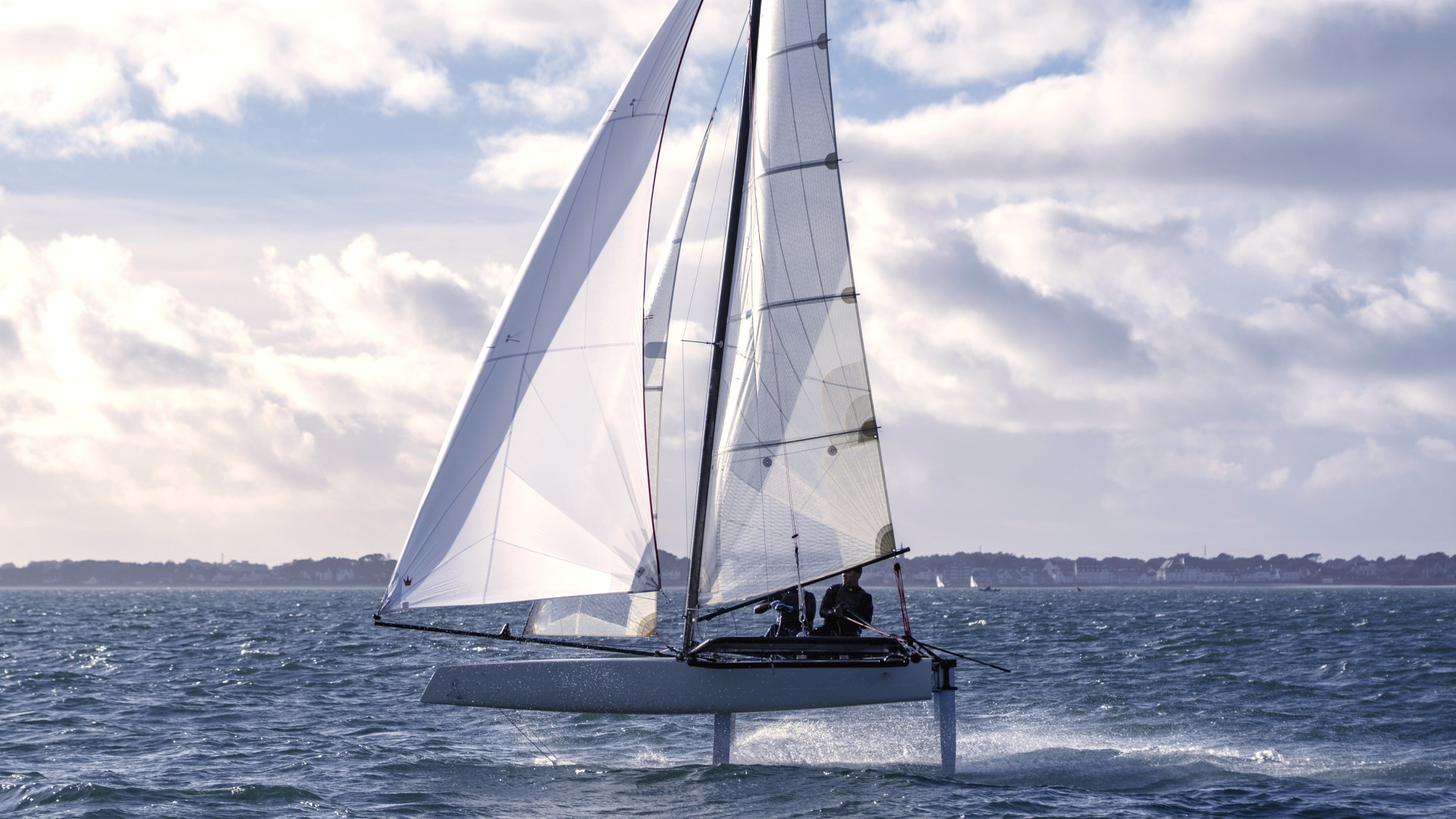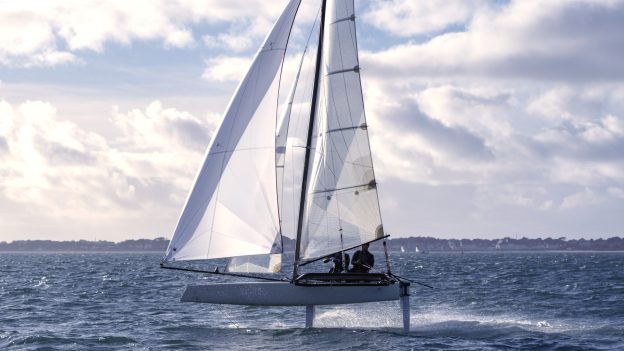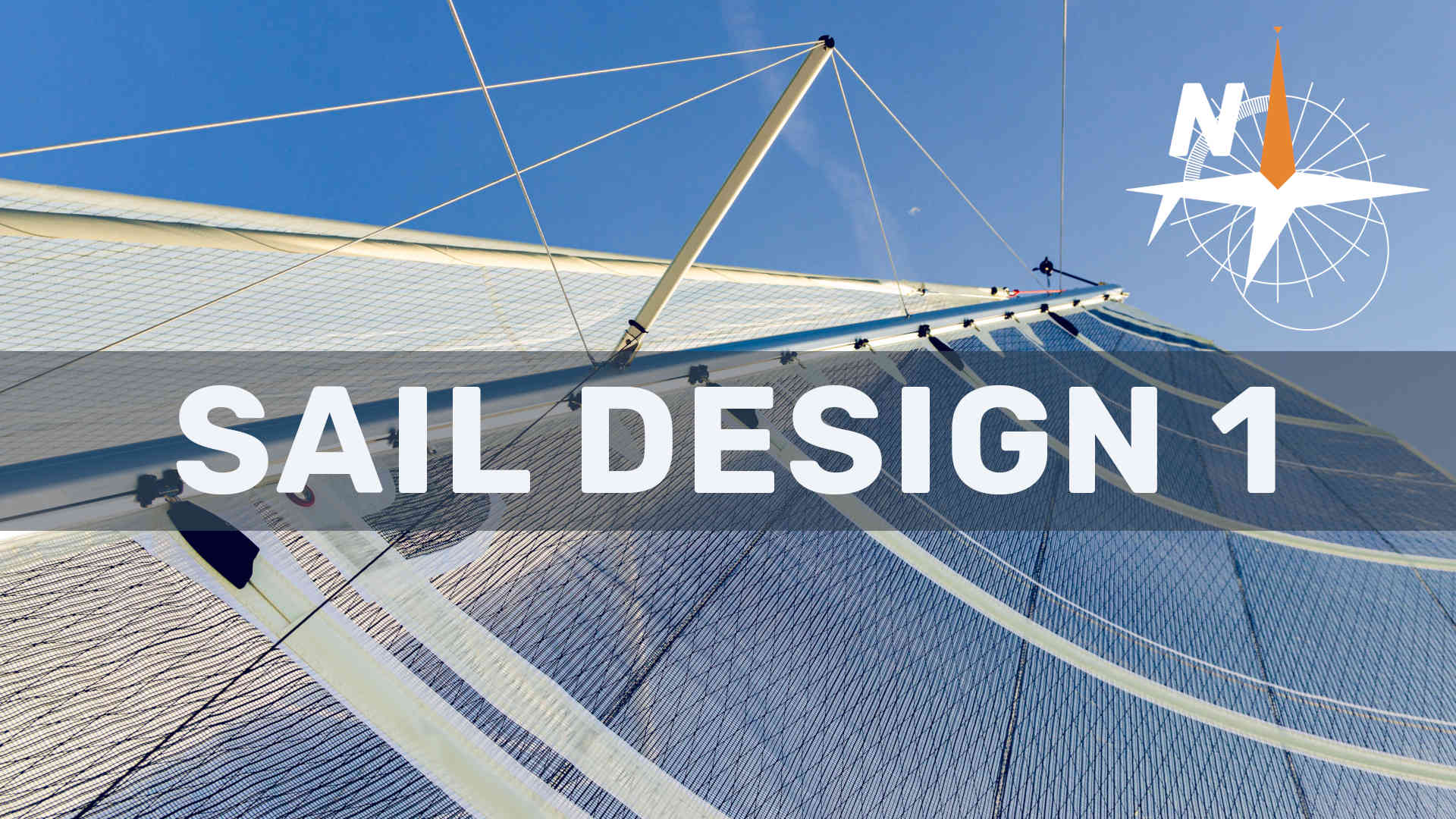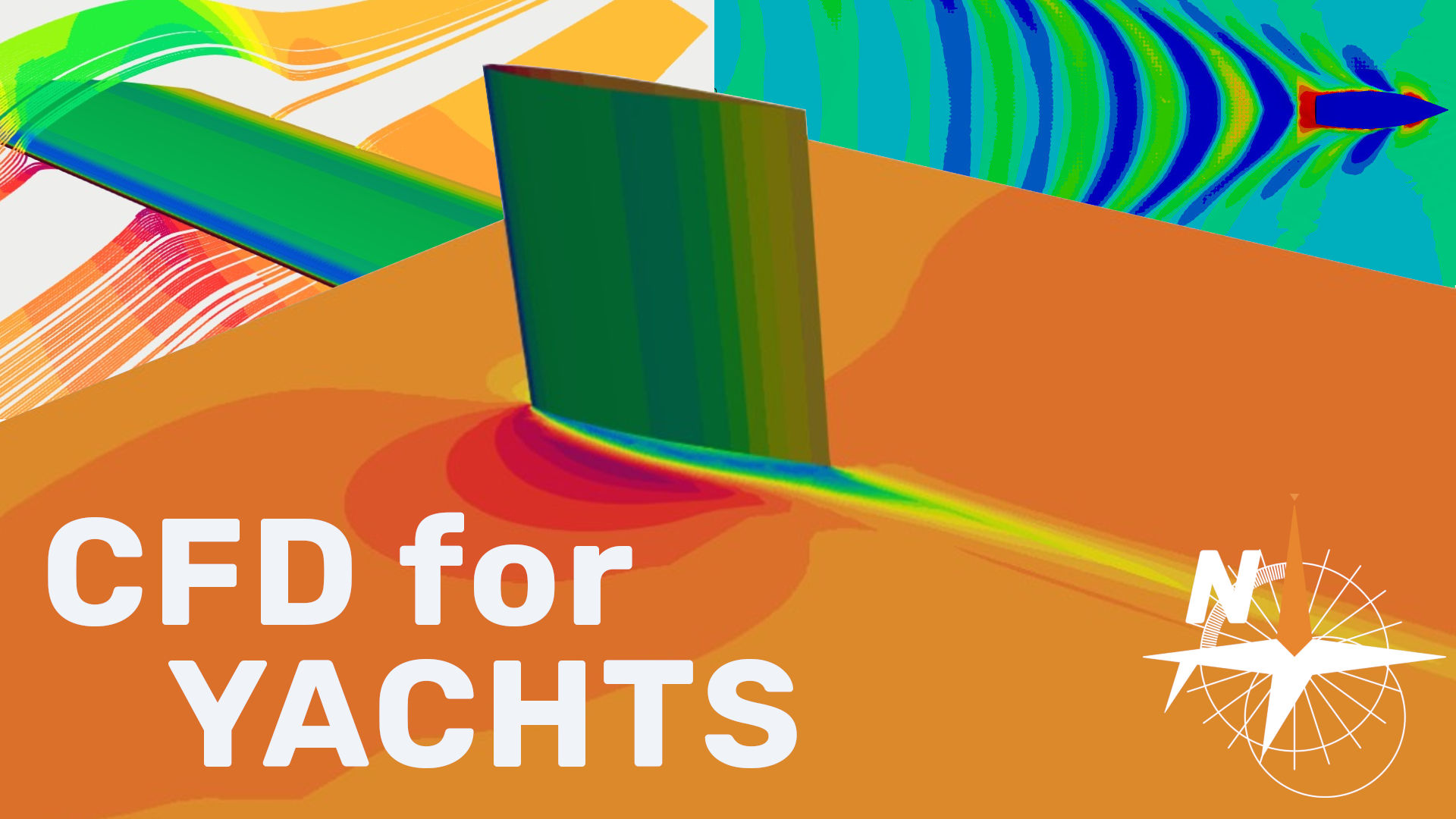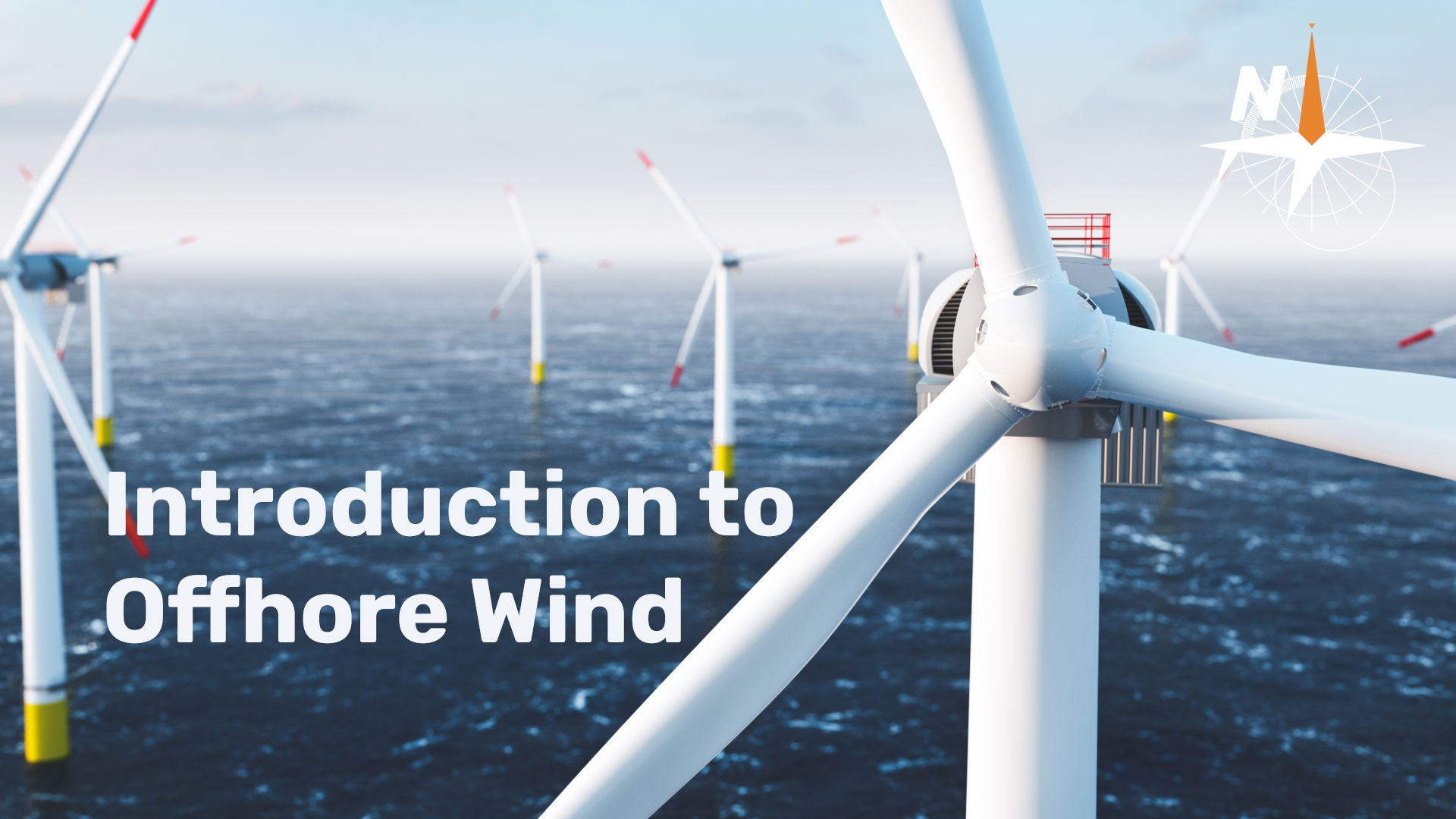Welcome!
Welcome to this introductory course on Aerodynamics!
Why aerodynamics?
Sailing is possible because it involves two different mediums moving at different velocities and directions relative to each other: air and water.
Fluid mechanics is the discipline of physics that studies the behavior of fluids (e.g., gases and liquids) at rest and in motion and their forces. Fluid mechanics encompass, therefore, both aerodynamics and hydrodynamics.
From the beginning of the XX century on, especially after the first manned flight of the Wright brothers, aerodynamics has experienced a fast development as a science. Many of its findings, especially those within the scope of low-speed aerodynamics, which is where sailing takes place, are directly applicable to sailing and sailing craft, be it to study the flow and forces created by the air around sails, wing sails, Flettner rotors, masts, etc., or those generated by the water when flowing around hulls, keels, rudders, hydrofoils, etc.
In fact, we can argue that the developments in aerodynamics have helped to profoundly transform how we understand the physics of sailing and have enabled rapid and amazing innovations in sailing and sailing craft, fields that traditionally have evolved at a much lower pace.
What will you learn?
Familiarity with fluid dynamics is fundamental for understanding how sailing boats work and designing and operating components such as sails, wingsails, keels, rudders, foils, and Flettner rotors. This introductory course will teach you its fundamentals, including airfoil and wing analysis, making accessible a field that has brought amazing innovations to sailing craft.
We will build from the fundamentals to later apply them to the analysis of foils, wings, and sails.
The course is structured into three different sections:
- Fundamentals
- Airfoil analysis
- Wing analysis
In addition, the course also discusses topics like numerical methods and software for aerodynamic analysis.
The course finishes with a sum-up to apply some of the concepts seen to the analysis and performance of sails.
– Fundamentals
In the first section, the instructor introduces and explains the concepts necessary to understand the phenomena arising from the interaction of air/water with 2-dimensional (airfoils, also known as wing sections) and 3-dimensional (wings, sails) bodies: aerodynamic variables, forces and coefficients, fluid frameworks, conservation equations, types of fluids and flows, Reynolds and Mach numbers, the boundary layer, vorticity and circulation, Potential Flow Theory, superposition of potential flows, flow over a circular cylinder, the Magnus effect, and the Kutta-Joukowski theorem.
– Airfoil analysis
Almost all the theory in aerodynamics has been developed around the concepts of airfoils and wings.
An airfoil can be defined as a section of a wing, and it is the most basic representation of both wings and sails.
In this section, the instructor defines the main parameters of the airfoil geometry, analyzes the aerodynamic forces that are generated, explains how flaps work, introduces different airfoil series, and describes how the analysis of fluid flow and computation of forces around an airfoil can be done through the Thin Airfoil Theory and the Vortex Panel Method.
– Wing analysis
An airfoil can be considered as an infinite wing (i.e., a wing without ending tips). On the contrary, an aerodynamic wing is a finite body with tips where trailing vortices are generated. As a result, and unlike airfoils, wings experience phenomena such as downwash and induced drag because of their 3-dimensional nature. These 3-D-related phenomena can be analyzed through the Lifting-Line Theory, which predicts lift distribution over a wing based on its geometry.
Regarding wing geometry, the concept of wing planform is essential for understanding wing performance. Aspect ratio, taper ratio, and sweepback are parameters that define the aerodynamic specifications of a wing. Also, we can adjust or reduce to an optimum the induced drag generated by a wing by modifying its planform and/or its spanwise twist.
In this section, the instructor explains and leads the students through wings geometry, lift and induced drag, downwash and induced angle, Lifting-Line Theory, and effects of planform on performance.
Languages
- Video lessons in English.
- Subtitles in English and Spanish.
- Documentation in English.
Course organization
The course is video-based and on-demand and can be followed at the student’s own pace.
It contains videos, quizzes, and downloadable documents. Students who complete the course will obtain a Certificate.
Course students will also have access to the virtual private classroom, where they can interact with the instructor and fellow students.
– Resources:
- Video lessons in English.
- Video captions in English and Spanish.
- Lesson materials in English.
- Quizzes.
- Course Certificate
– Classroom:
– Prerequisites:
- This course focuses on explaining aerodynamics from a conceptual approach. The course also uses mathematical notations, formulae, and equations when necessary. To follow the course, it is not necessary to have any prior knowledge of aerodynamics. However, a technical or engineering background will help you out during the journey.
- A minimum Navalapp membership level of “Subscriber” (free membership) is required to enroll in this course.
RINA Endorsement
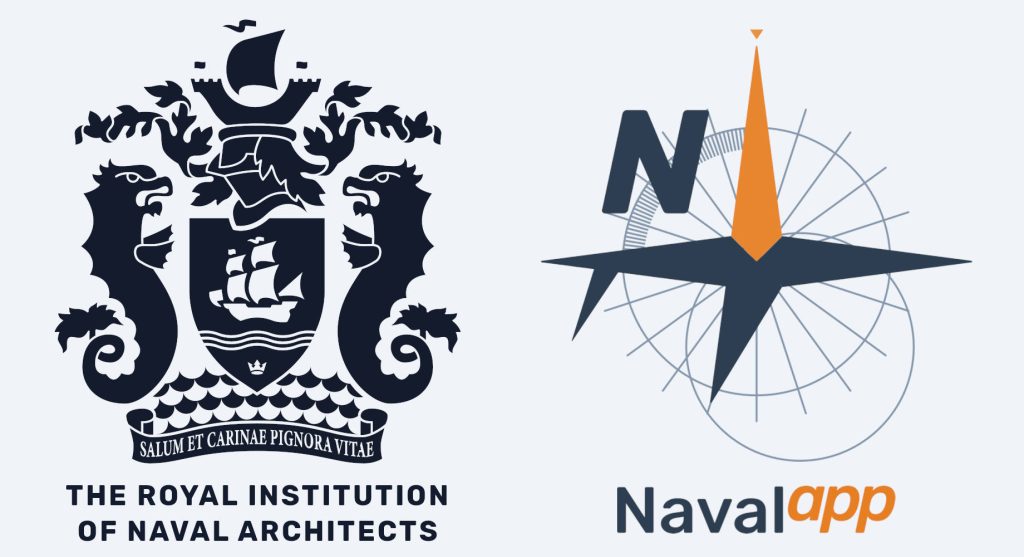
After a thorough evaluation, the Royal Institution of Naval Architects (RINA) has found that Navalapp’s course Aerodynamics for Yacht & Sail Designers meets the Institution’s requirements for Continuing Professional Development (CPD). Therefore, RINA has considered that the course warrants recognition and has issued a Certificate of Endorsement.
During the evaluation, RINA studied different aspects of the course, such as learning aims, content and structure, whether the information is up-to-date and factually correct, students’ evaluations of the course, the supporting information and materials, the instructor’s expertise, the method by which the students are evaluated, and Navalapp’s organization standards.


